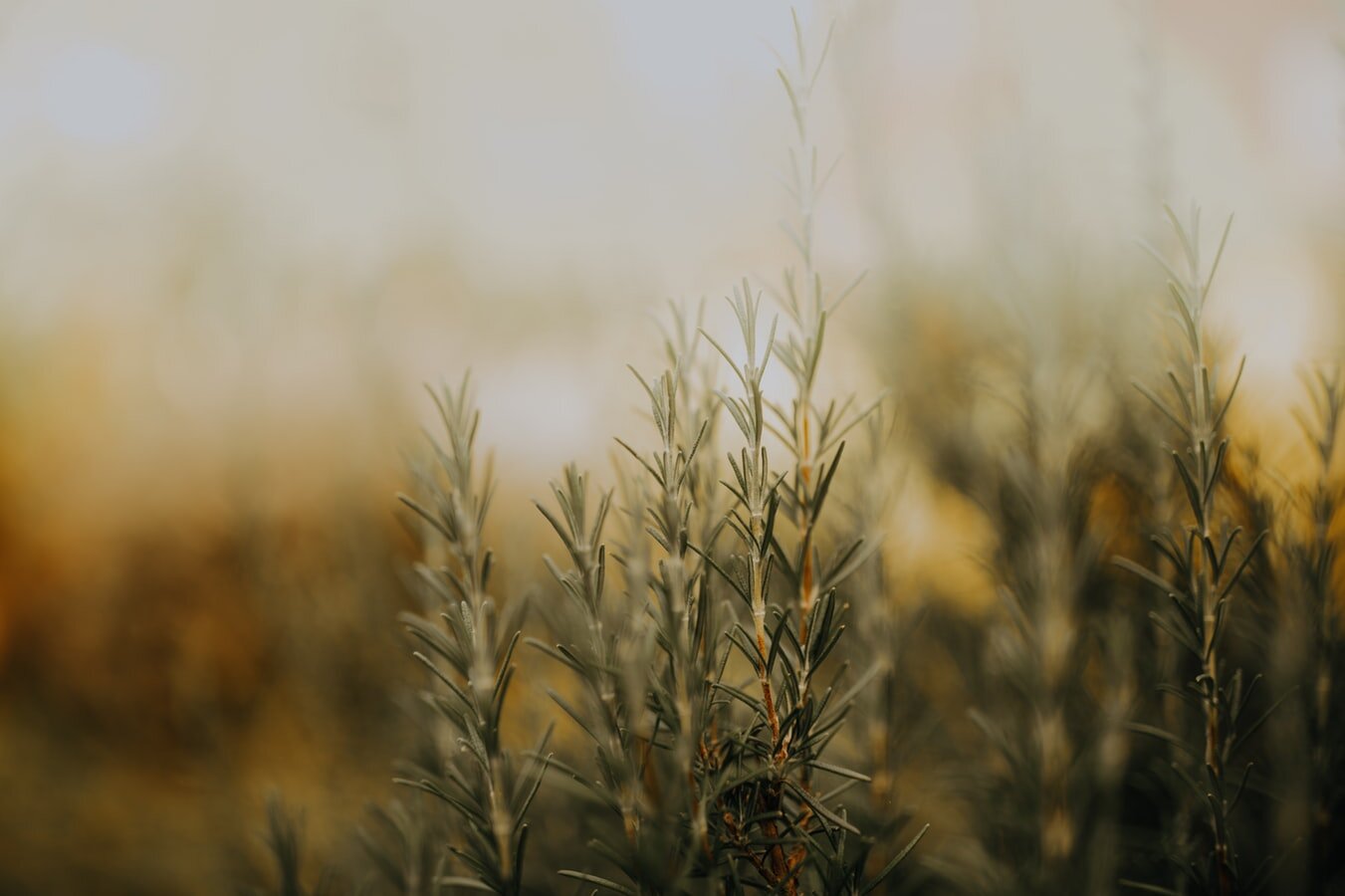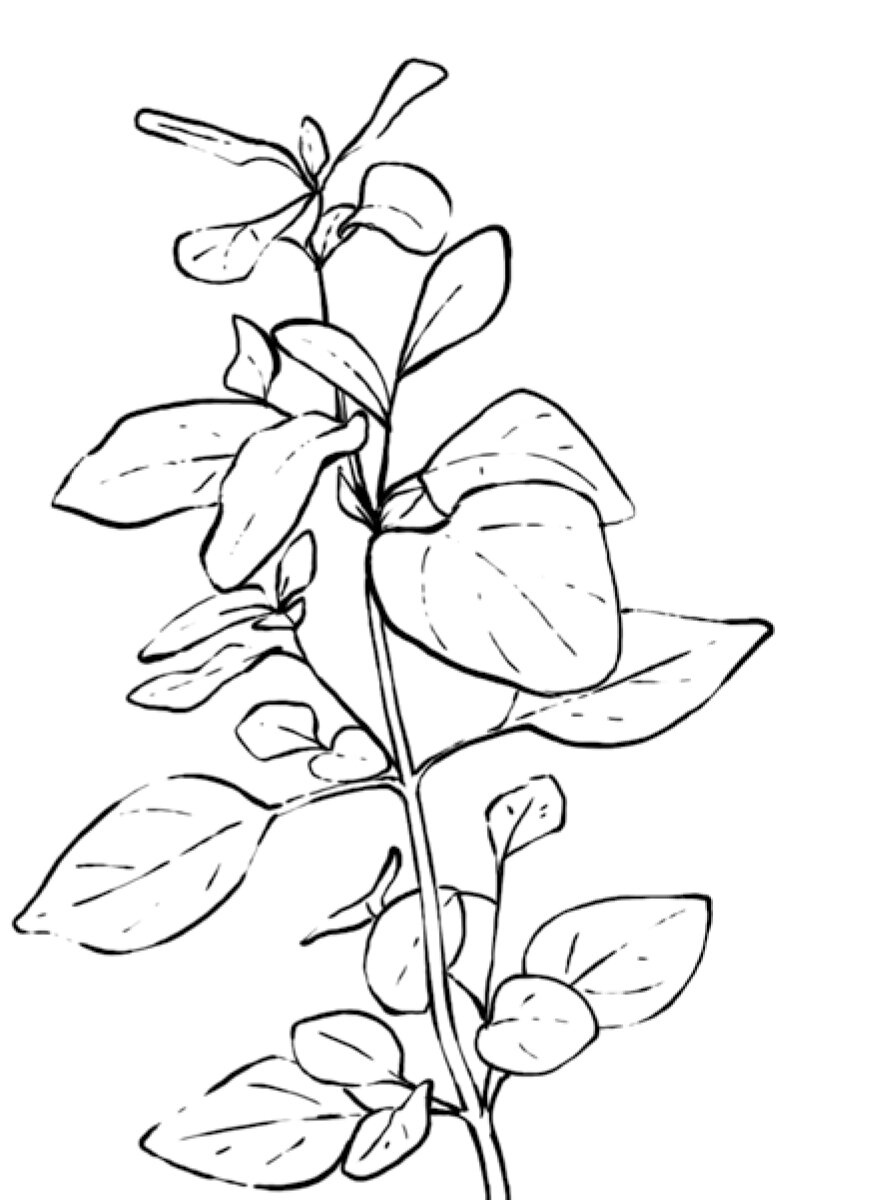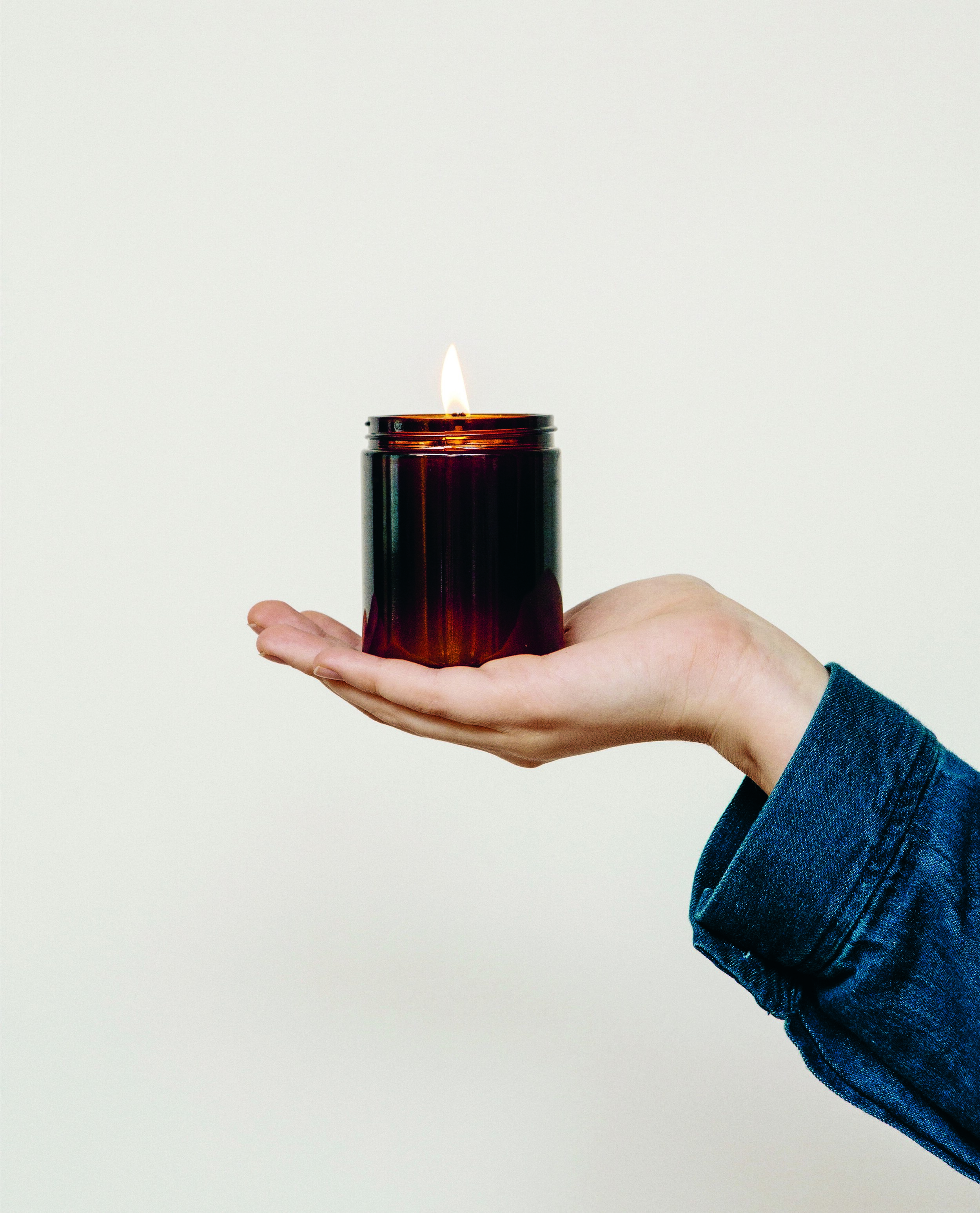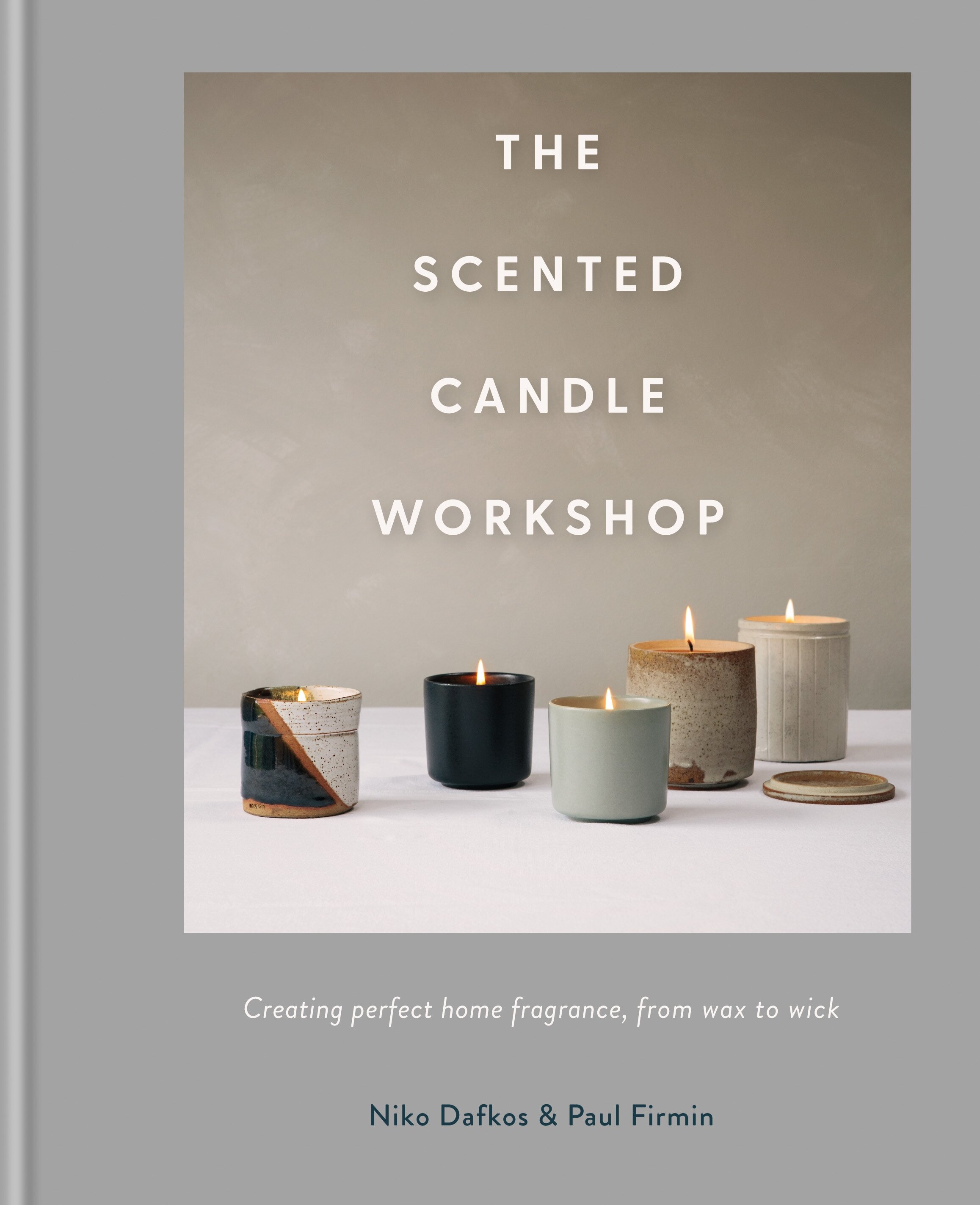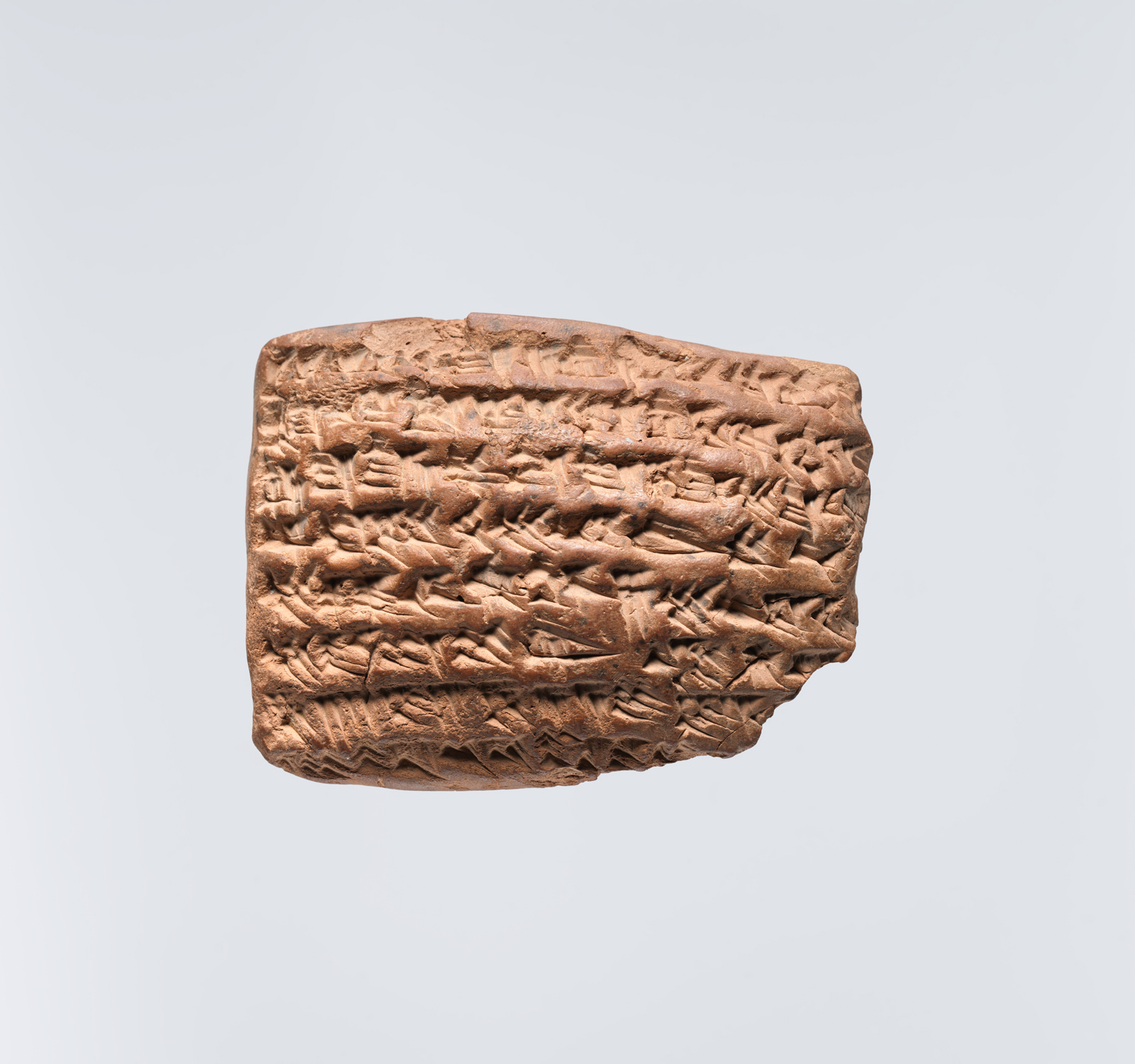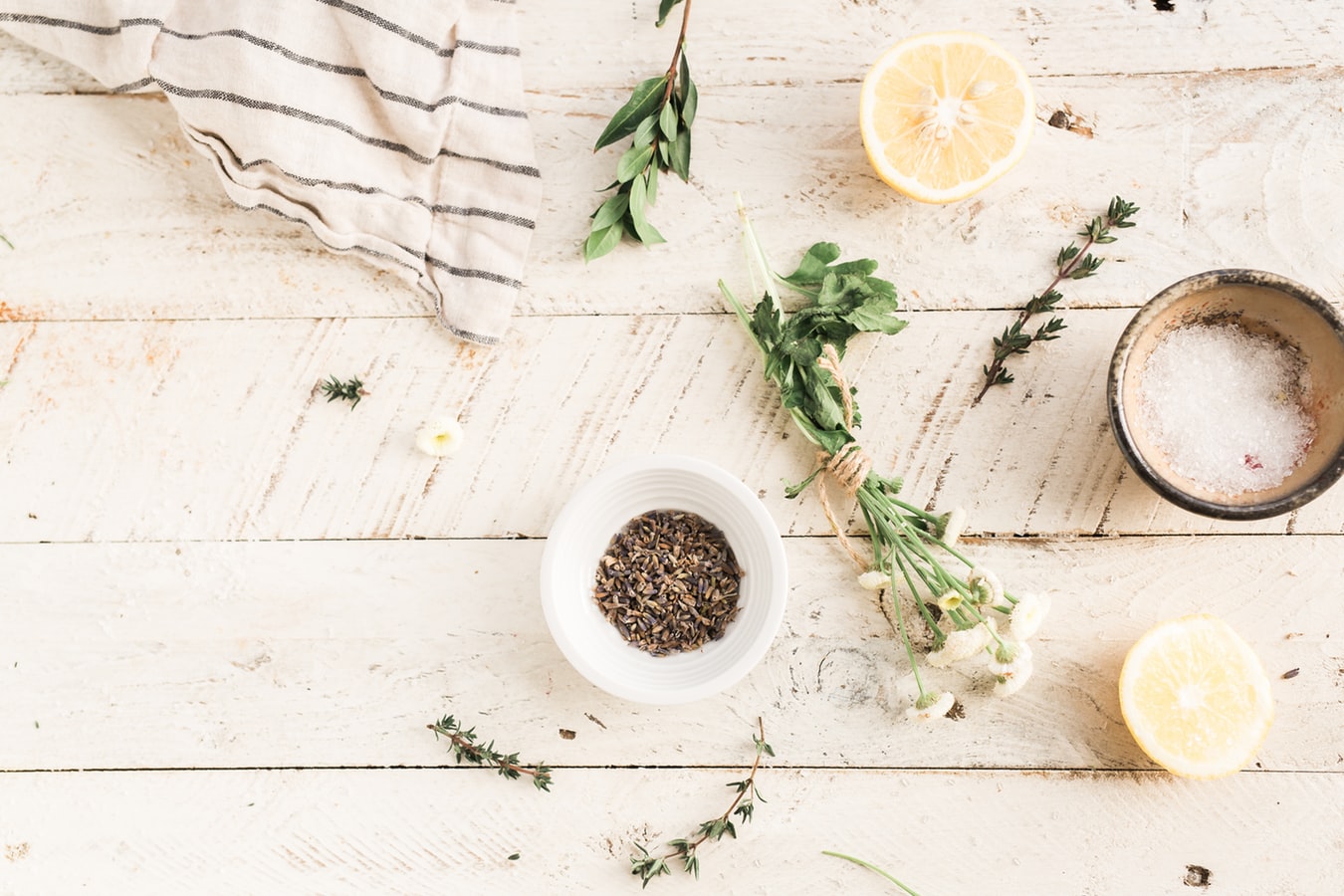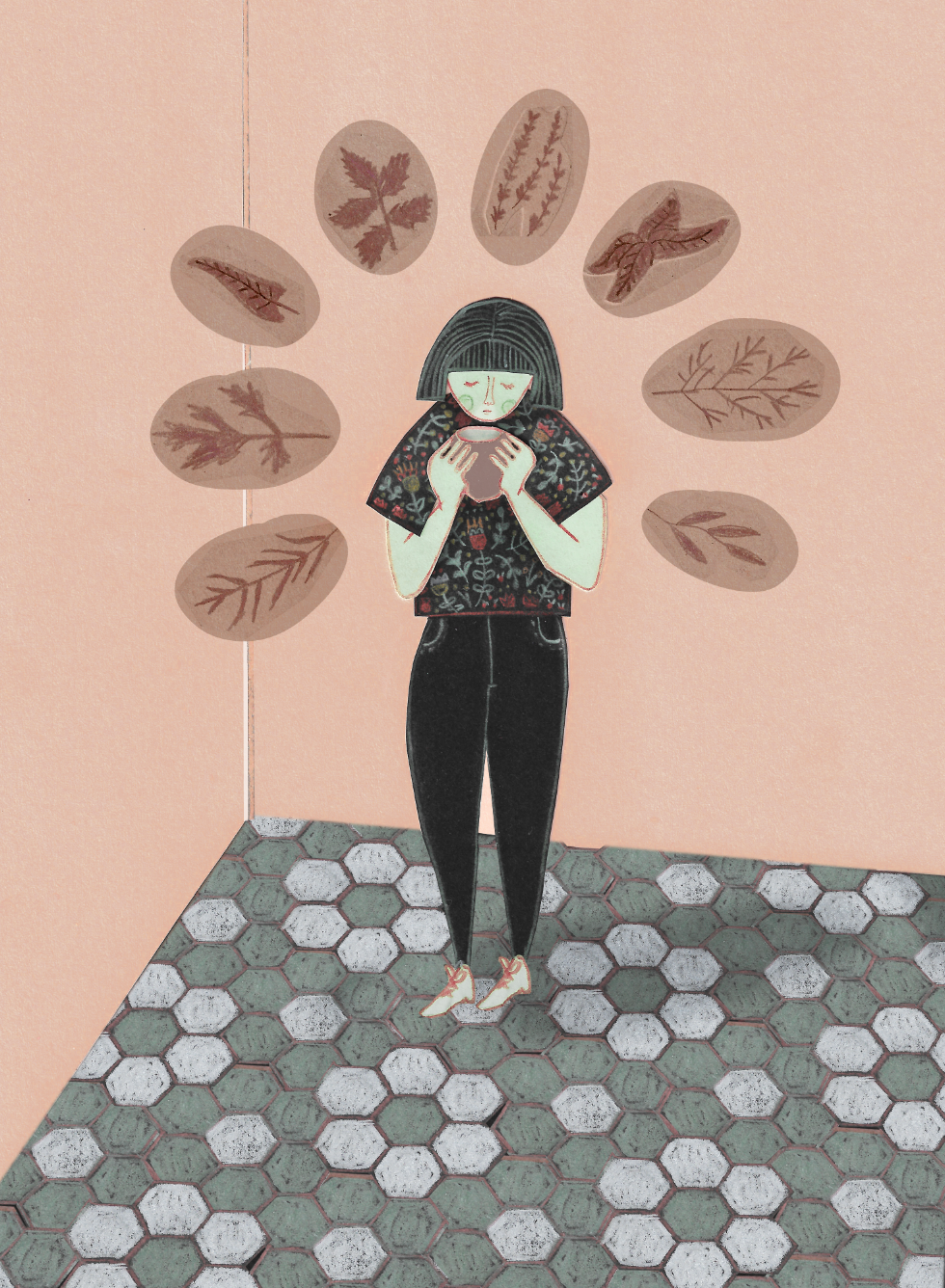During a drawn-out breakup from a long-term relationship, my best friend took on a new mantra: “Have courage and be kind.” These words were not her own—she first heard them in a Disney film. But repeating them daily made her feel more resilient and more connected with her sense of self. She probably didn’t define the repetition of this mantra as spellcraft, though that is essentially what it was. Through repeating a chain of words in a ritualistic manner, she had power over her limited field of action.
Spells have existed at least since the advent of writing. The earliest known written magical incantations were found on clay tablets in Ancient Mesopotamia, written in Cuneiform script. Spells appear cross-culturally, throughout documented history. Sometimes the words, written or transmitted orally, are sufficient. At other times, they are strengthened by objects or rituals. We cannot deny the cultural importance of spells. But do they really work?
“Words have power,” is a phrase often evoked in times of political unrest, when writers, poets and lyricists speak words that inspire change. It’s hard to ascribe the quote to one person, perhaps because it’s a belief that has existed in our consciousness since the early days of language. Knowing the right words, and uttering them in the right sequence and context, is empowering.
Historically, we have countless examples that show words have the potential to stir up distrust in an institution, to trigger social reform, or to transform individuals. Charles Dickens may be part responsible for the closure of the work houses, while the publication of Anna Sewell’s Black Beauty led to the end of the cruel bearing rein used to force horses to arch their necks and raise their heads. When walking through Atlanta I heard Martin Luther King’s speech projected through the streets near his former home. His oratory skills and words were so powerful, it’s little wonder he inspired so many Black Americans to stand up for their rights, and moved human rights advocates from a position of complacency to agency.
*
Where can we find the right words? The obvious answer is in grimoires and spell books, but not all will resonate. While the prescribed words and rituals found in these books might evoke or conjure something powerful for the maker, they don't always stir up the same feelings for everyone else. For personal spell crafting, we need to find the words that work for us.
While browsing a bazaar in old Delhi fifteen years ago, I encountered a small, impermanent shrine dedicated to Harry Potter. Daniel Radcliffe’s photo sat in the centre of a picture frame on a makeshift alter, covered with colourful flowers. This non-standardisation of deities is possible in India, where there is a town that has deified a Bollywood star, and another that looks to Elvis Presley for inspiration. In Hinduism, deities, unlike gods in the modern, Western sense, are personifications of the different aspects of a natural life force, or energy, that runs through everything—the Atman. These deities, it is believed, help believers reach out to the Atman and understand it. People approach different deities for different needs or wants. Deities are sources of inspiration who help believers transcend and convene with something akin to the divine. They aren’t necessarily set in stone.
Just as we might identify with certain archetypes, deities or artists more than others, it’s to be expected we resonate more with certain stories and poems. We live in a culture that values standardisation, but inspiration is an unruly thing; not all words or images move us.
We can all look for the words that do inspire. At a stretch, whoever wields words—and with them generates wonder or empathy or a desire to change—casts spells. Sometimes that means priests, shamans or magicians; it also means writers, artists, musicians and filmmakers. We can collect those words that inspire us. The words can also be found in everyday encounters—perhaps from the advice or observations of a stranger. The words might also come to you, as creative ideas often do, in one of those bursts of something reminiscent of divine inspiration. It’s still worth looking back at the vast history of spellcraft to learn about the words or rituals worked for others; we are, after all, all human, and some writers, artists and spiritual practitioners have already expressed what we think or feel.
In many cultures, words have to be recited as part of a ritual. Rituals sometimes seem like the archaic remnant of something that once worked, detached from its original function. For many people, rituals might seem unavailing, if not ridiculous. If the latter, it’s probably not the right ritual for you. Contrary to what the rational mind tells us, research shows that rituals do work. When experiencing loss, it can be as simple as writing a letter and not sending it; listening to a song that stirs up memories and having a cathartic cry.
Paired with ritual, words can be more effective. Most cosmologies employ rituals to strengthen the intent behind prayers or rites. This can involve fasting or waiting for the full moon—or dawn on the longest day; it can mean working with magical aids like candles or burning herbs, or objects that resemble, or are associated with, the person or thing over which influence is sought. Humankind has perhaps believed in sympathetic magic since prehistory. The mandrake, in Medieval Europe, was considered so similar to man that it could be used in his place. In folk magic, spells are sometimes accompanied by objects, for example an effigy, or poppet, similar to the voodoo doll.
What are the consequences of casting a spell? Can magic be used up? Or is it like a credit card with an infinite interest-free overdraft? Which has power—the words or the accompanying intent? Do spells only work if uttered in secrecy? Are curses likely to come back to you by the power of three? If you’re cursed, is it inevitable? Or do spells work in a similar way to karma—if you are innocent or listen carefully to your conscience, can words really harm you? We know “sticks and stones will break my bones but words will never hurt me,” to be false. Words can hurt. We dislike insults—or curses—they harm our self-esteem. But can they injure if uttered unjustly, if you are confident in your innocence? These are all questions different cultures have asked and answered in different ways.
Which rules, if any, should we adhere to? Spell-casting is an art, not a science, but it might be wise to follow the near universal moral guideline: “do no harm.” Spells also shouldn’t encourage complacency; they should encourage agency. A spell to gain success or clarity should be paired by tangible steps towards that goal.
Choosing the right words can be empowering. Where you draw them from and how you say them is ultimately up to you. If your ritual or words derive from another culture, read about the origin of this practice and its cultural context. Most culture is somehow derived from past cultural customs; we’re so far removed from their inception we forgot the original intent. Voodoo and Santeria exist within a culture of oppression, so we shouldn’t forget how such rituals and spells came to hold significance.
When you’ve found your words, you can fashion them into a sigil or build a ritual around them—light a candle if you feel like it—or prepare a bath. Sit outside under the full moon. Write a letter. Listen to a song. Walk through the forest. Whatever feels most significant. Spells can invite change. If nothing else, words and rituals can help us see more objectively and find connections between our lives and the natural world.


